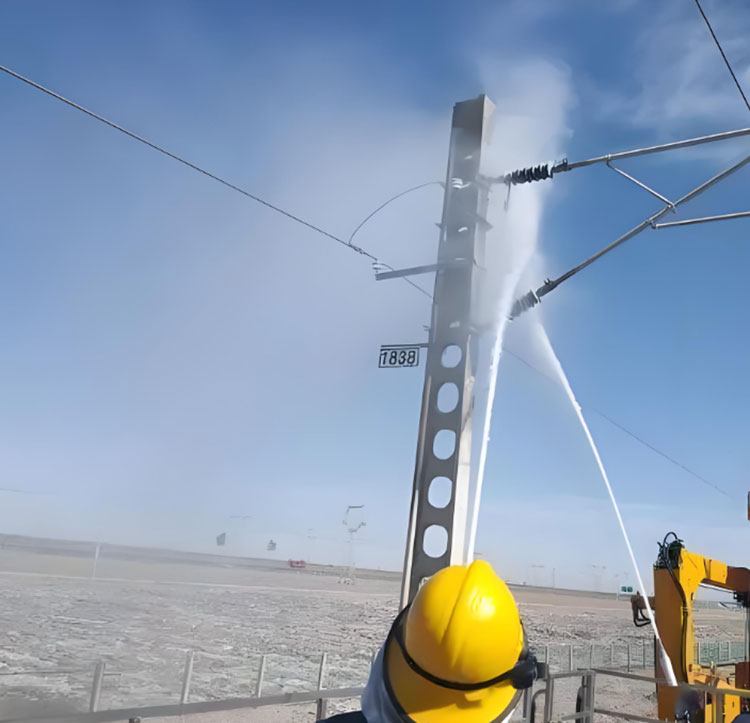1. Selection of mechanical strength for composite insulators
The most prominent features of composite insulator core rods are high strength and high specific strength. Its tensile strength can reach 7000MPa, and its specific strength is 5 times that of high-quality carbon steel. Some regions and departments have proposed the use of composite insulators, and the mechanical strength should be one level higher than that of traditional porcelain and glass insulators, such as 160kN for porcelain insulators should be 210kN for composite insulators. In fact, when the load is less than 40% of the rated mechanical load, the reliability of operation can be guaranteed. Therefore, composite insulators can be selected in accordance with the method of porcelain insulators without increasing the mechanical load value. The core rod load deflection measurement shows that composite insulators have good bending resistance, good resistance to dancing and breeze vibration. When used in tension towers, they can withstand a certain bending moment. How different the changes in the mechanical properties of products with different end connection structures will be in long-term operation requires in-depth research.
2. Selection of creepage distance for composite insulators
There are two opinions at home and abroad on the selection of creepage distance of composite insulators: one is to take 1:1 into account the degradation of the hydrophobicity of the surface material; the other is to combine the current operating experience of various countries and appropriately reduce the creepage distance, such as 2/3 or 3/4 of the porcelain insulator for composite insulators. In order to standardize the dimensions of composite insulators, the JB/T 8460 industry standard and the National Center for Standardization’s “Guiding Opinions on the Use of Synthetic Insulators” have unified requirements: for areas with pollution levels 0 to II, the creepage distance is 20 mm/kV; for areas with pollution levels III to IV, the creepage distance is 25 mm/kV. In fact, this regulation is higher than the requirements of GB/T 16434 for clean areas and general pollution areas; for heavily polluted areas, it is 3/4 of the porcelain insulator.
3. Cleaning issues for composite insulators

There is no unified opinion on whether the pollution accumulation of composite insulators is lower than that of porcelain insulators. In response to the occurrence of some pollution flashover accidents and the problem of excessive pollution accumulation of polymeric insulators in heavily polluted areas, the question of whether cleaning is necessary is raised. Since the pollution flashover voltage of polymeric insulators is high, even if the hydrophobicity decreases or even disappears in a short time, its pollution withstand voltage is 20% higher than that of insulators. Therefore, cleaning is not required in clean areas and generally dirty areas. For areas with particularly serious industrial and saline-alkali pollution, regular replacement can be adopted. Localities can replace the insulators of high-voltage fuses based on their own experience when the surface hydrophobicity decreases significantly and the salt density is too high (such as greater than 0.2mg/cm2), and determine the replacement cycle accordingly.